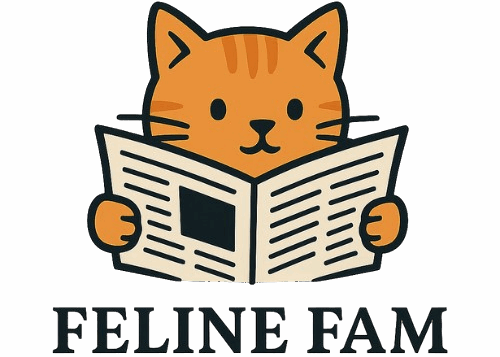Cats are fascinating creatures with a rich repertoire of non-verbal communication methods. One of the most expressive parts of a cat’s body is its tail. By observing a cat’s tail, we can often decipher what a cat is feeling or thinking. This article explores five distinct ways in which cats use their tails to communicate, providing insights into their mysterious world.
Understanding the Basics of Feline Communication
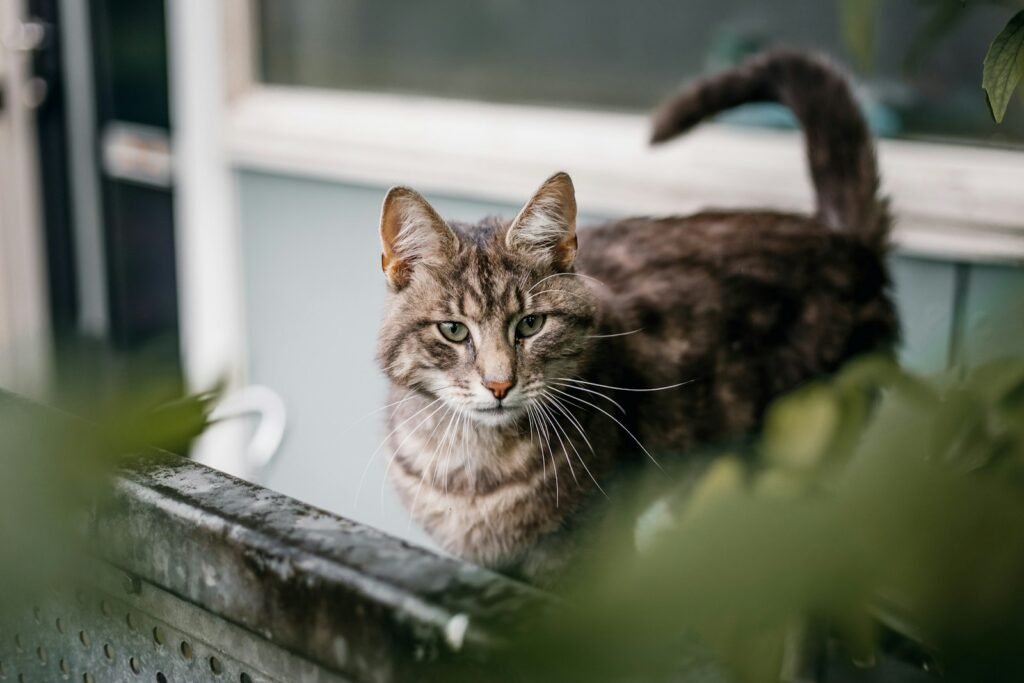
Before delving into tail-specific communications, it’s essential to understand that cats predominantly communicate through body language. While they do vocalize, their tails, ears, eyes, and overall body posture convey more nuanced messages. This body language allows cats to express emotions, intentions, and even health status.
The Anatomy of a Cat’s Tail
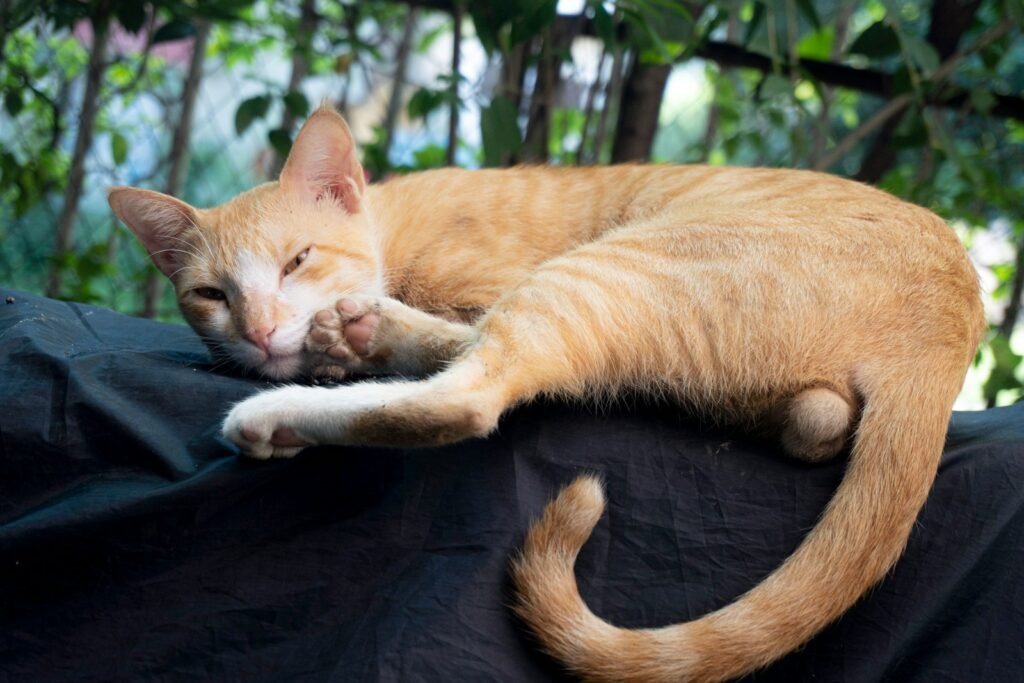
The tail is an extension of the cat’s spine and consists of small bones called vertebrae, surrounded by muscles, nerves, and blood vessels. This structure provides flexibility, enabling a vast range of motion which aids in balance, expression, and even coordination. Understanding this anatomy is crucial to appreciating the subtleties of tail communication.
Tail Position: High and Mighty
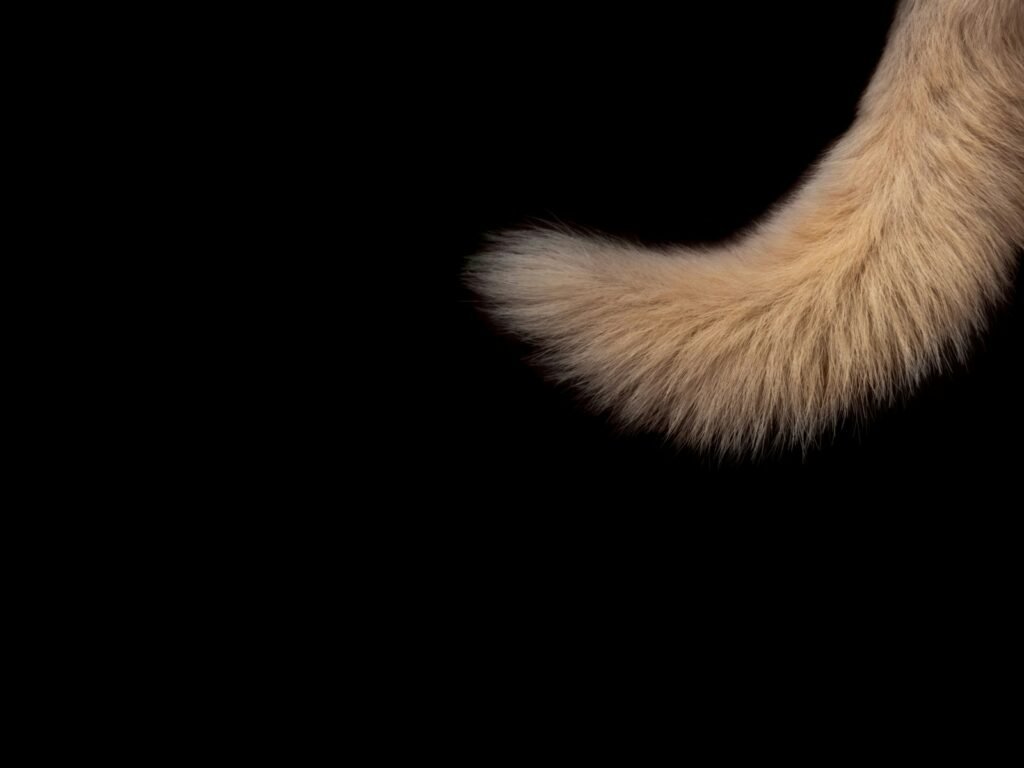
A tail held high signifies confidence and contentment. When your cat approaches you with a tail straight up, it’s often a sign of friendliness and affection. This position may include a slight curve at the tip, referred to as the “question mark” tail, which further indicates a playful and happy mood.
The Significance of Tail Quivering
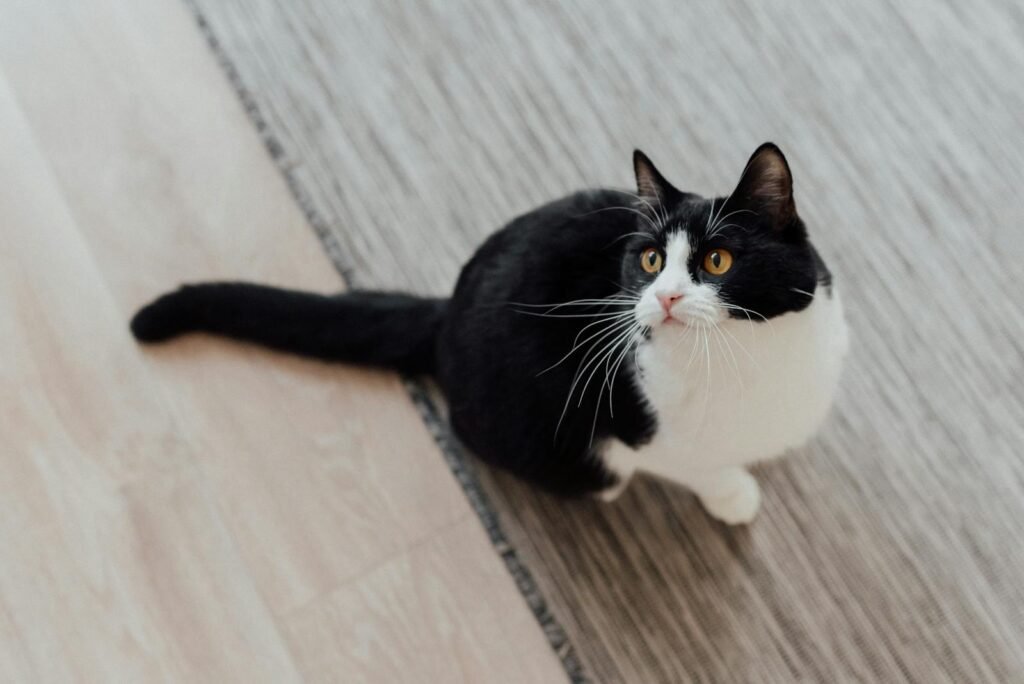
If you notice your cat’s tail quivering, it’s an indication of excitement or eagerness. Cats often exhibit this behavior when they are pleased to see someone. However, be aware that a quivering tail against vertical surfaces might indicate that the cat is marking its territory with small amounts of urine.
The Ambiguity of a Swishing Tail
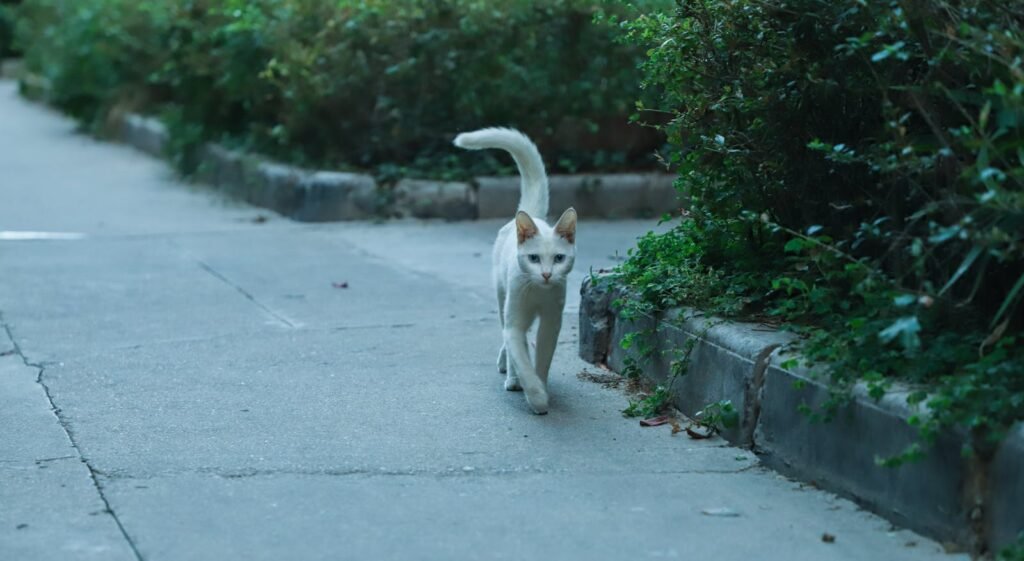
A tail that swishes back and forth slowly can have different meanings depending on context. It can mean the cat is focusing, perhaps on a toy or prey. However, if combined with other signs of irritation, such as flattened ears or vocalizations, it might suggest annoyance or agitation.
Fluffed-up Tail: A Sign of Fear or Aggression
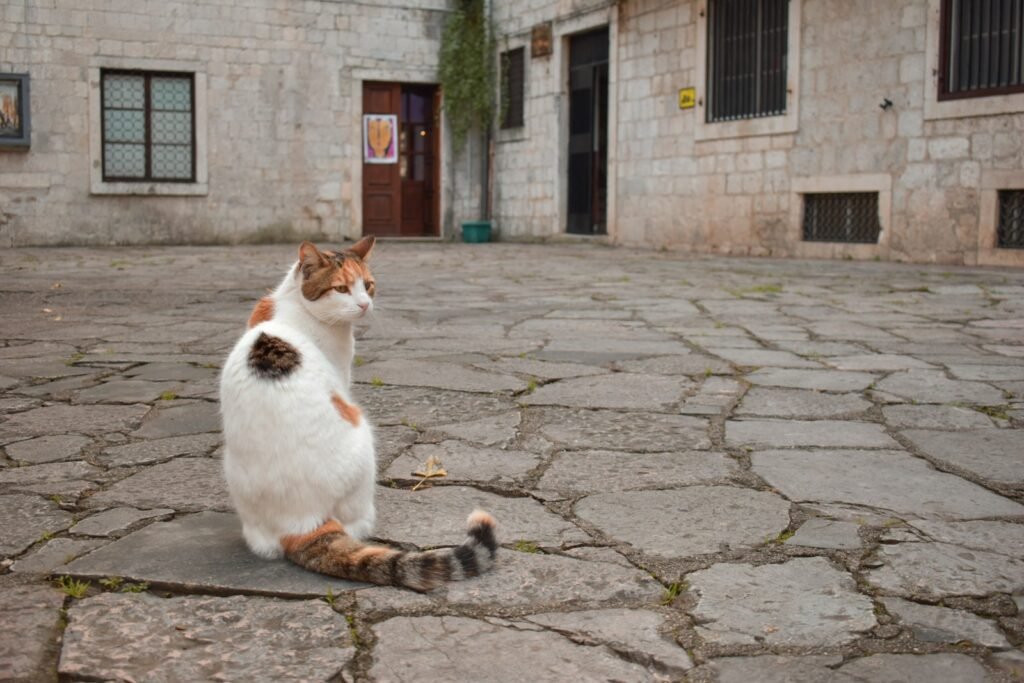
When a cat’s tail puffs up, resembling a bottle brush, it is an instinctual reaction to a perceived threat. This appearance is meant to make the cat look larger and more intimidating. It’s often accompanied by an arched back and is a clear sign that the cat is either scared or ready for defense.
The Intent in a Wrapping Tail
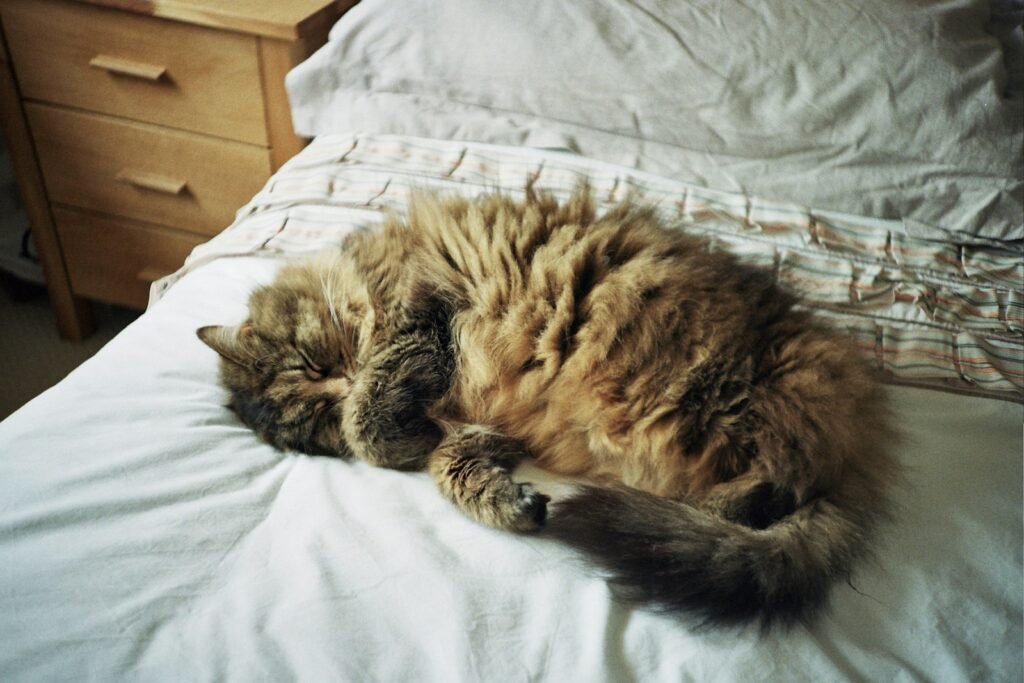
A cat wrapping its tail around another cat or human is usually showing affection. This gesture is akin to placing an arm around someone and can signify trust and companionship. It’s a social and amiable communication method that indicates the cat feels comfortable and secure.
Detecting Pain or Discomfort in Tail Movements
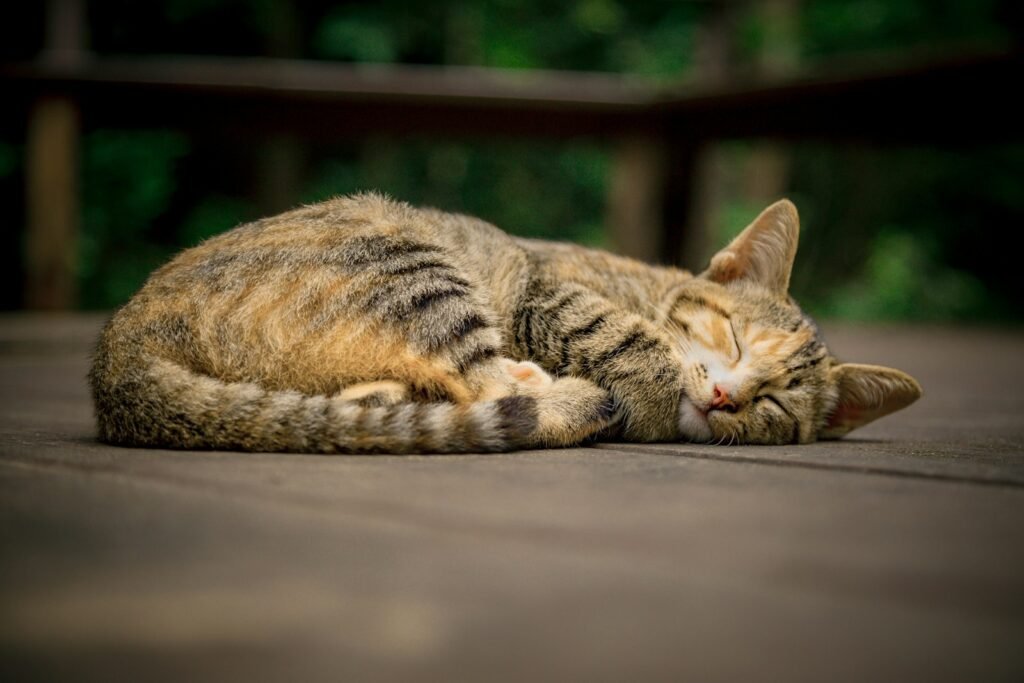
Tails can also signal pain or discomfort. Cats with injured tails might hold them rigidly or may try to prevent them from being touched. Unexpected or unusual tail movements could be a sign of underlying health issues and warrant a veterinary consultation.
Tail Communication in Multi-Cat Households
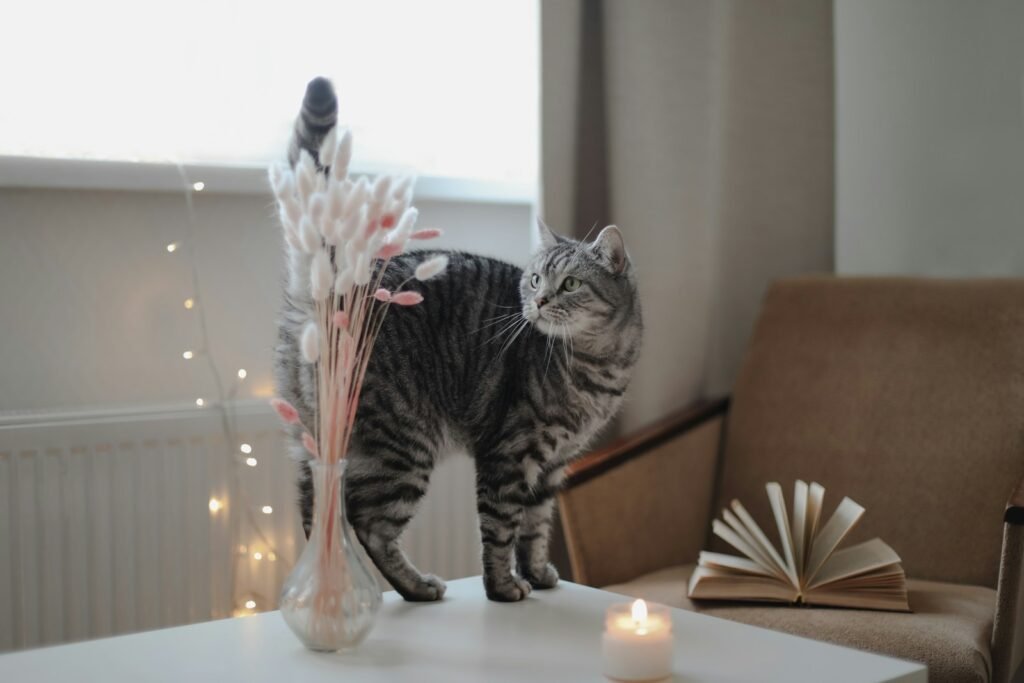
In homes with more than one cat, tail language helps navigate social hierarchies. A dominant cat might hold its tail high when interacting with others. Observing inter-cat dynamics can reveal how they use their tails as part of their social structure.
Conclusion: Observing and Interpreting Your Cat’s Tail
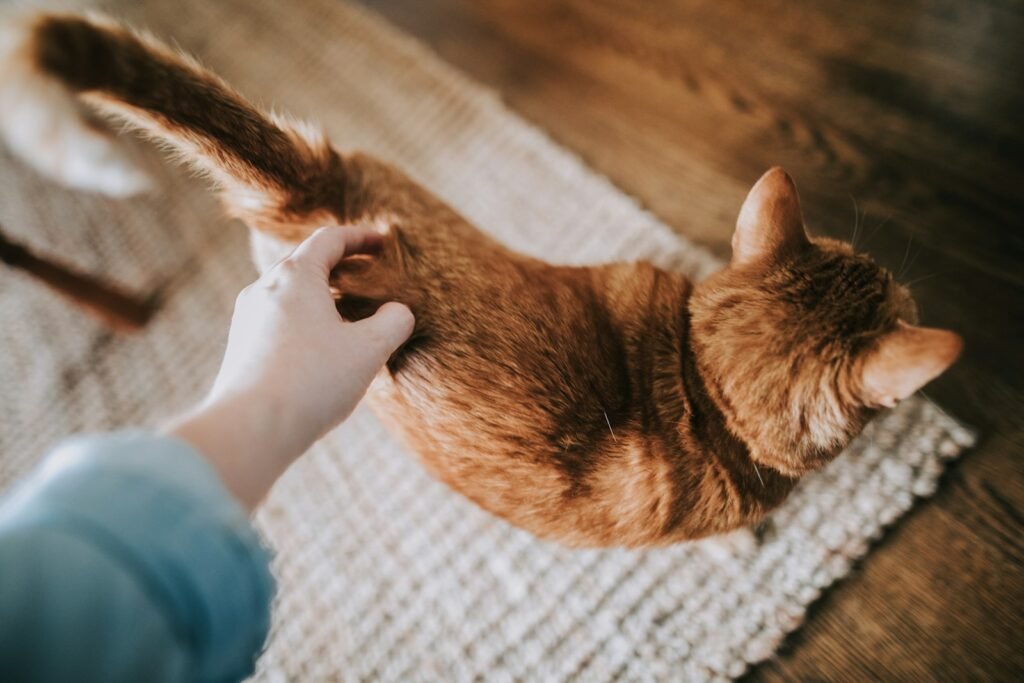
Understanding a cat’s tail movements can enhance the bond between pet and owner, providing insights into the feline’s emotional and physical states. Regular observation will help you discern subtle variations in tail language, allowing for improved communication and care.

Growing up traveling and experiencing new cultures and wonders, I have had a passion for nature, adventuring, photography, and videography. I am currently working towards a BSc in Biodiversity and Ecology at Stellenbosch University, and I hope to specialise in Marine Sciences one day.
Please send any feedback to Feedback@animalsaroundtheglobe.com
